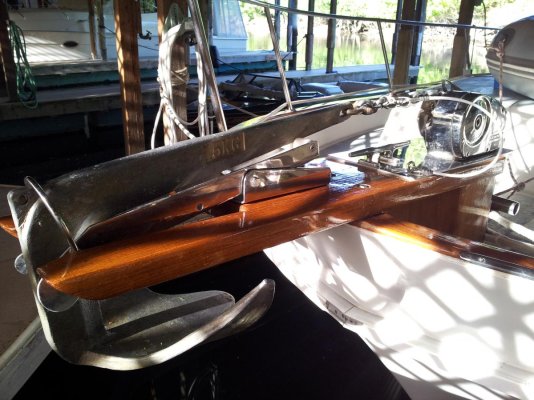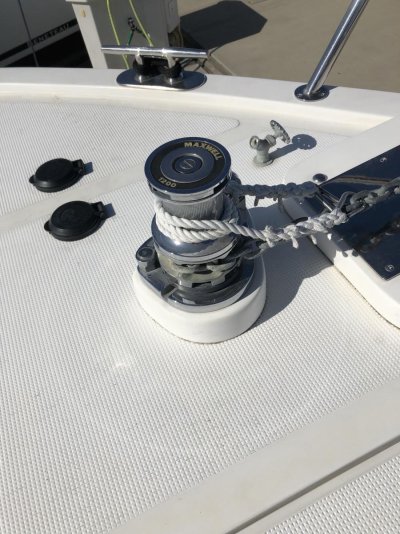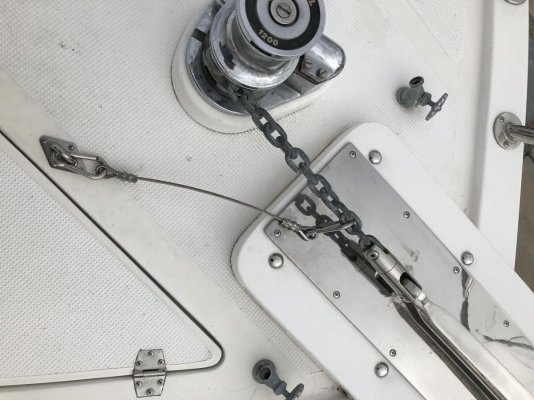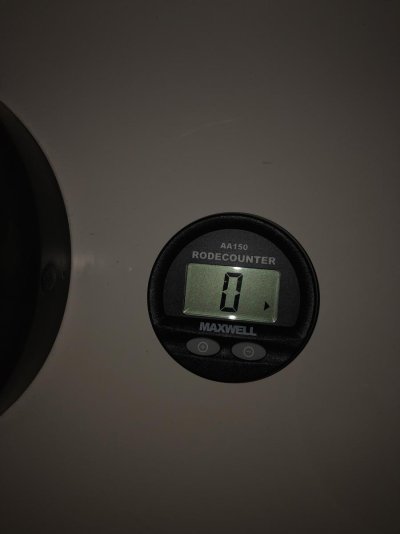rslifkin
Guru
- Joined
- Aug 20, 2019
- Messages
- 8,015
- Location
- Rochester, NY
- Vessel Name
- Hour Glass
- Vessel Make
- Chris Craft 381 Catalina
My whole anchoring system is due for a refresh and some upgrades, so it's time to go windlass shopping. My plan for what it'll need to pull is most likely a 55lb Rocna Vulcan, 75ft of 5/16" G4 chain, 300ft of 5/8" 8 plait. So no more than 170 lbs. Boat is 38 feet, about 24k lbs.
My first thought was a Maxwell HRC10-8, which seems like the over-built safe choice. But then I started wondering... What about a Maxwell HRC FF-8 or a Lewmar Pro 1000? They're about half the price, but also not as beefy. And officially, the Maxwell says it takes 9/16" line, not 5/8", but I've seen mentions of people using 5/8 with it.
The smaller windlasses are rated to pull line faster and they're much cheaper, but the question is, are they beefy enough? Or would I be better off just getting the bigger, beefier HRC10-8 and calling it a day?
My first thought was a Maxwell HRC10-8, which seems like the over-built safe choice. But then I started wondering... What about a Maxwell HRC FF-8 or a Lewmar Pro 1000? They're about half the price, but also not as beefy. And officially, the Maxwell says it takes 9/16" line, not 5/8", but I've seen mentions of people using 5/8 with it.
The smaller windlasses are rated to pull line faster and they're much cheaper, but the question is, are they beefy enough? Or would I be better off just getting the bigger, beefier HRC10-8 and calling it a day?






